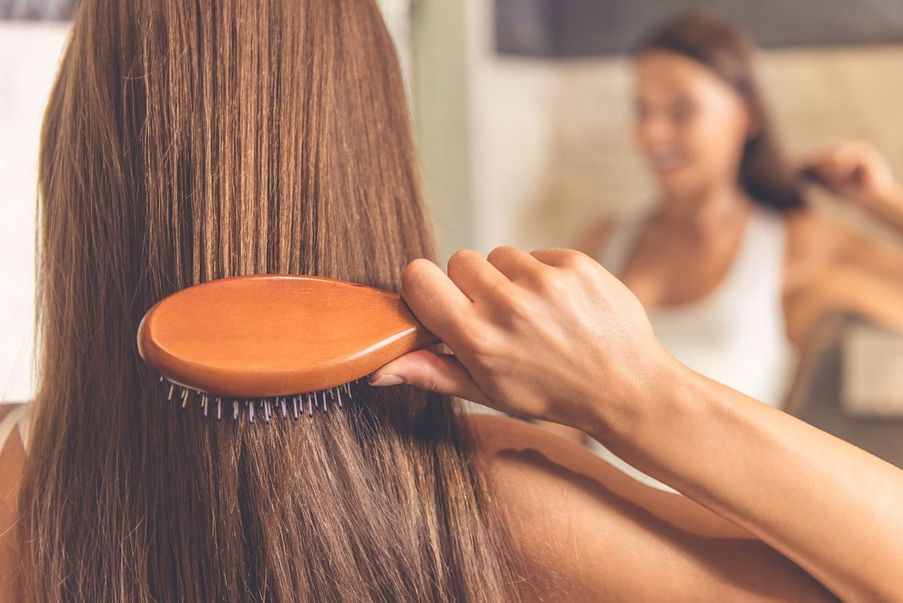Amla Powder Might Be What Your Hair And Skin Have Been Begging For
You’ve had it with the dry skin on your face that becomes caked with makeup as the day wears on. “Fresh faced” isn’t exactly what comes to mind when you catch a glimpse of yourself in a mirror.
And you’re also tired of hair best described as lifeless, colorless, and truth be told, less than attractive.
If you’re looking for a natural solution to enhance your natural beauty, Alma powder could be just what you need. The alma herb has long been revered in Ayurvedic medicine as one of the most potent and nourishing herbs in India. Alma powder, derived from Indian gooseberry, is known to naturally support glowing skin and healthy, shiny hair.

A Rejuvenating Facial Treatment
A traditional facial treatment in India, alma powder is highly regarded for its exfoliating and antioxidant properties. To create a facial mask, mix amla powder with different types of liquids such as raw honey, yogurt, or a facial toner like rose water. Mix the amla powder with the base to create a spreadable consistency, apply to your skin for 10-30 minutes, then rinse.
Boosts Hair’s Natural Curves And Waves
You can use amla powder as a stand-alone hair treatment for enhancing your hair’s curls and waves. Amla can strengthen natural waves without weighing down or coating your hair and making it heavy and flat, while at the same time taming those flyaway strands that can give you a “frizzed” look.

Enhances Hair Volume
Brittle hair. Broken ends. Broken dreams of having a stunning ‘do. Say goodbye to all of it when you use alma powder. As a hair treatment, alma powder enhances both the look and feel of your hair, making it soft, fluffy, and more voluminous. Simply mix alma powder with filtered water to create a lotion consistency, apply the mixture to your hair from the roots to the ends, and let sit for 30 minutes before rinsing.
Gives Red And Brown Henna Hair Dye Cooler Tones
If you’re looking to reduce the red undertones of red and brown henna hair dye, simply add amla powder to the henna. Red and brown henna use a combination of indigo flowers and the henna plant; the indigo has a blue-black dye, the henna a red dye. Mixed in different ratios, the plants create a brown or red hair dye. Amla powder creates a cooler tone that offsets these hennas by preventing the indigo from fading and by reducing the henna’s red tones.
Enhances And Conditions Hair Treated With Blonde And Neutral Henna Hair Dye
Neutral and blonde henna hair dyes don’t contain the henna plant; instead, these dyes use a plant called cassia. Cassia can slightly dry hair when used frequently; additionally, depending on your hair color and type, it can create a brassy tone. You can minimize both dryness and brassiness by adding amla powder to your henna treatment.
